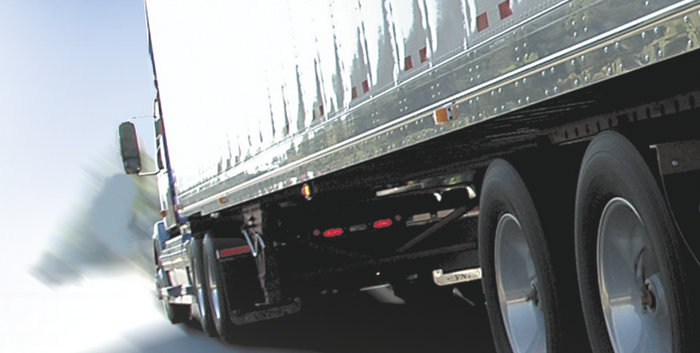The winter driving season is upon us and refrigerated fleet managers and operators are dusting off their checklists and winterizing their tractors and trailers from the tires up. This includes performing critical maintenance to keep reefer transportation refrigeration units (TRUs) performing reliably and efficiently.
According to Ken Hartman, vice president, aftermarket, for Thermo King, a manufacturer of transport temperature control systems for a variety of mobile applications and a brand of Ingersoll Rand, “There is no substitute for a proactive year-round maintenance strategy that focuses on preventing—rather than fixing—TRU problems. Performing maintenance tasks at intervals recommended by the original equipment manufacturer helps protect temperature-sensitive loads, improve unit performance and fuel economy and prevent service interruptions.”
He goes on to say that the TRU operates with a highly efficient diesel engine. For this reason, many fleet managers and independent operators synchronize their preventive maintenance efforts and service the TRU on the same schedule they use for their tractor engines, performing many of the same inspection and routine service tasks.
Whether they maintain their own fleet or work with an authorized dealer, following are some specific actions that will help fleet managers and operators prepare their TRUs for a trouble-free winter:
• Check and inspect engine oil and coolant; top off or replace fluids if necessary. Oil and oil filter should be changed at the 3,000-hour interval on reefer units.
• Visually inspect the unit for appearance, physical damage, loose or missing hardware and fuel, oil or refrigerant leaks.
• Examine all hoses, clamps and belts for signs of wear. Adjust tension in the drive and alternator belts.
• Check battery and service or replace if required.
• Inspect fuel tank for presence of water and bleed air from the fuel system to prevent fuel-line freezing.
• Conduct an initial startup and running inspection. Check for abnormal noise or vibration at all speeds and operating modes. Check idlers and fan shafts for leaks and noises.
• Inspect inside the trailer during pull-down to make sure the unit is operating correctly. Check evaporator and clean if necessary.
The fall-winter season and the beginning of the New Year is an ideal time for operators to examine their approach to preventive maintenance. An authorized dealer can help put together an effective, proactive maintenance strategy that will pay for itself many times over a reefer’s long service life.














